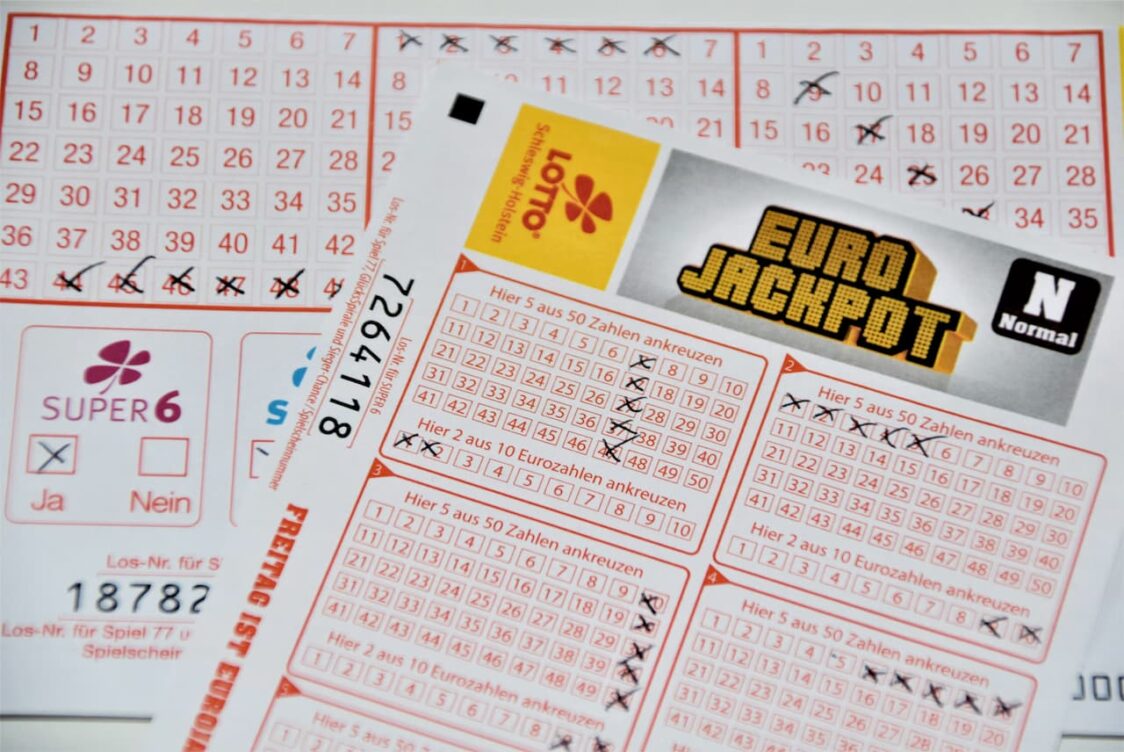In the realm of graphic novels, the intricate interplay of visuals and narrative can create deeply immersive experiences. Among the myriad themes explored in this medium, gambling stands out as a powerful tool for building suspense. Suspense is a crucial element in storytelling, as it keeps readers engaged, eager to discover what happens next. Gambling themes, with their inherent uncertainty and risk, amplify this suspense, making for compelling storytelling. This article delves into how graphic novelists harness gambling motifs to craft gripping narratives that keep readers on the edge of their seats.
The Role of Gambling in Building Suspense
Gambling and games of chance epitomize unpredictability, where outcomes hang in the balance, and stakes can change in an instant. This uncertainty is the bedrock of suspense. The tension derived from not knowing whether a character will win or lose, succeed or fail, propels the narrative forward. In graphic novels, this dynamic is visually and narratively exploited to great effect.
For instance, in the graphic novel “Kaiji” by Nobuyuki Fukumoto, the protagonist’s life-and-death stakes in gambling situations create a relentless atmosphere of tension. The uncertainty of each game, combined with the dire consequences of losing, keeps readers hooked. Similarly, “Akagi” by the same author delves into high-stakes mahjong games, where every tile drawn can mean victory or ruin.
Techniques Used by Graphic Novelists
Graphic novelists employ a variety of techniques to maximize the suspense around gambling themes.
Visual Storytelling and Suspense
The visual aspect of graphic novels allows for dramatic portrayal of intense moments. Close-ups of characters’ facial expressions, depictions of sweat and shaking hands, and strategic use of shadow and light can heighten feelings of anxiety and anticipation. Background and environmental details also play an important role in creating atmosphere, for example gloomy city streets lit only by dim streetlights can create a sense of danger and inevitability. Dynamic lines and angles that convey movement and speed can add a sense of urgency and chaos. A color palette, such as using cool tones, can emphasize feelings of isolation and fear. These visual elements together allow the reader to immerse the reader deeper into the emotional state of the characters, making their experiences more tangible and real.
Character Development and Stakes
Characters in these stories are often deeply developed, with personal stakes that make their gambles more than mere games. Readers become emotionally invested in their fates. For example, in “Poker King,” the protagonist’s journey from an underdog to a master gambler involves personal growth and high emotional stakes that resonate deeply with readers.
Narrative Pacing and Plot Twists
Effective pacing is essential to building suspense. Graphic novelists often use rapid scene changes and cliffhangers to keep readers on edge. Unexpected plot twists, such as a sudden betrayal or an unforeseen rule in the game, can drastically shift the narrative, maintaining a high level of suspense.
Symbolism and Metaphors Related to Gambling
Gambling in graphic novels is often laden with symbolism and metaphors. The roll of dice, the flip of a card, or the spin of a roulette wheel can represent broader themes of fate, chance, and the human condition. These elements add layers of meaning and keep readers engaged in deciphering the story’s deeper messages.
Parallels with Real-Life Lottery Excitement
The thrill of gambling in graphic novels parallels the excitement of real-life lotteries. Both hinge on anticipation and the possibility of a life-changing outcome. The psychological impact of this suspense is profound, as the allure of potentially winning big keeps people invested.
Real-life stories of lottery winners and losers mirror the dramatic arcs seen in graphic novels. The joy of unexpected wealth and the despair of dashed hopes are emotions that resonate universally, adding to the appeal of gambling themes in storytelling.
Engagement with Online Lotteries

The suspenseful appeal of gambling-themed graphic novels can translate into real interest in lotteries. Such works often depict exciting and dramatic stories involving risk and luck, which makes readers want to experience it in real life.
Online lotto appeals to a wide audience by combining ease of access and the excitement of potential winnings. Unlike traditional lotteries, which require physical presence or purchasing tickets in a store to participate, online lotto allows you to play from anywhere in the world using only the Internet. Such platforms also emphasize responsible gaming, ensuring that participants can enjoy tension and fun without negative consequences.
Many platforms implement self-control mechanisms, such as betting limits and play time, to prevent the development of gambling addiction. In addition, modern online lotteries use advanced data security technologies to ensure the security of users’ personal information and financial transactions.
The growing popularity of online lotto is also due to the variety of games offered. In addition to traditional lotteries, players can participate in instant draws, keno and other forms of gambling, which makes the process even more exciting and dynamic.
Conclusion
Gambling themes in graphic novels are a powerful narrative tool, building suspense and engaging readers through visual storytelling, character development, and plot intricacies. These stories mirror the real-life excitement of lotteries, tapping into universal emotions associated with risk and reward. As readers explore these themes, they are encouraged to engage with both graphic novels and real-life lotteries responsibly, enjoying the thrill of chance while understanding the importance of moderation.
